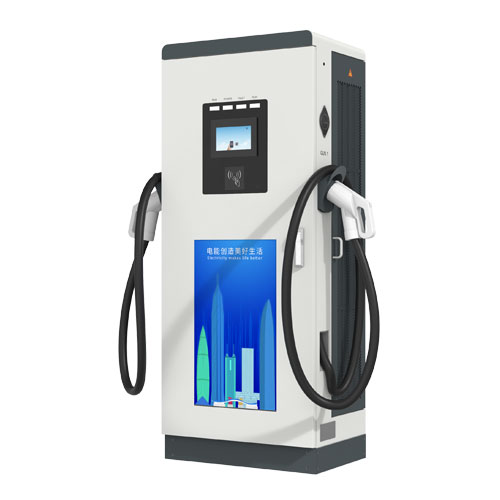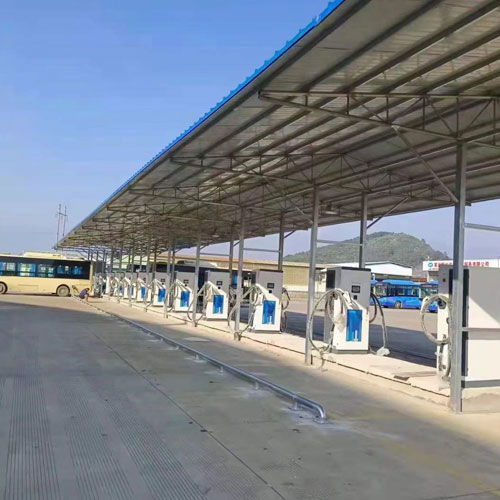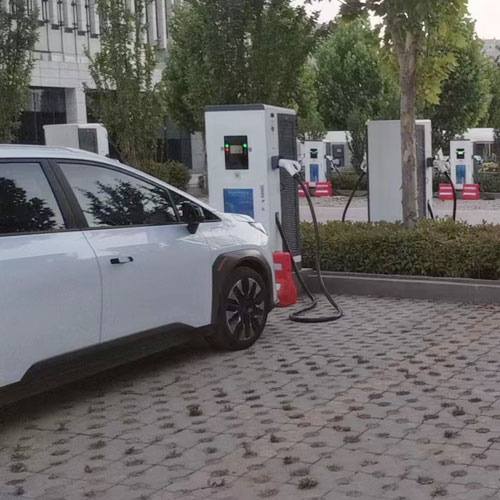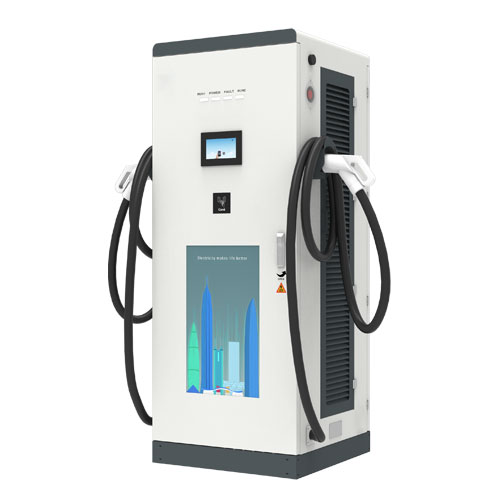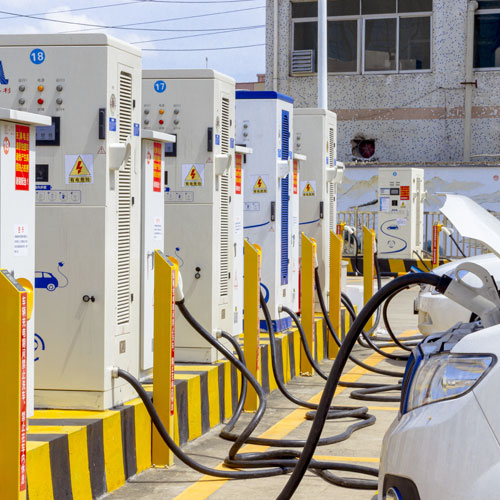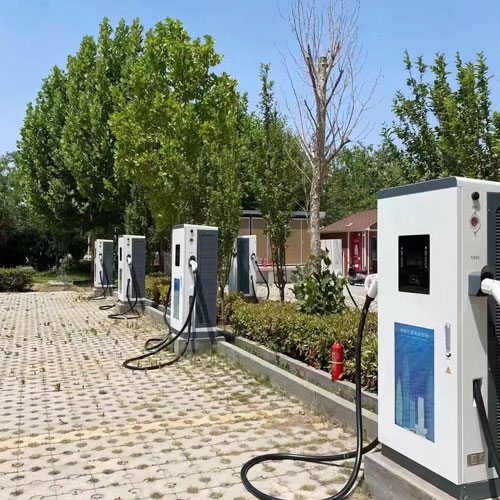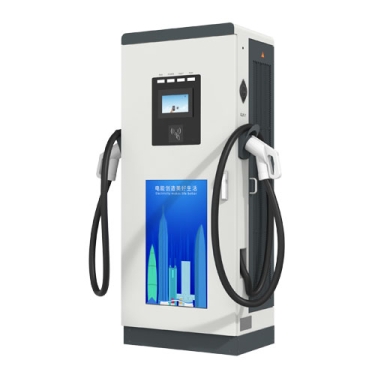Electric vehicle charging User-friendly, space-saving DC fast charging satellites for all EV drivers. Provide Superior DC Fast Charging For All EV Drivers.
Our cloud-based charging management software automates charging when energy costs are lowest. Our software meets the unique needs of your electric vehicle fleet to ensure fast charging of your vehicles
Fast, Secure, Interoperable EV Charging Solutions Manufactured in the Hongjiali.
Electric vehicle charging product parameters:
Parameters | Requirements | ||||||||
General Requirements | |||||||||
EV Charger Type | DC | ||||||||
Charger Capacity | 30KW | 40KW | 50KW/60KW | 80KW | 90KW/100KW | 120KW | 160KW | 180KW | 240KW |
Equipment size | L700*W450*H1680(mm) | L750*W750*H1920(mm) | |||||||
Product Model NO. | ENC-DCL030A | ENC-DCL040A/B | ENC-DCL060A/B | ENC-DCL080B | ENC-DCL100B | ENC-DCL120B | ENC-DCL160B | ENC-DCL180B | ENC-DCL240B |
ANSI-DCL030A | ANSI-DCL040A/B | ANSI-DCL060A/B | ANSI-DCL080B | ANSI-DCL100B | ANSI-DCL120B | ANSI-DCL160B | ANSI-DCL180B | ANSI-DCL240B | |
JIS-DCL030A | JIS-DCL040A/B | JIS-DCL060A/B | JIS-DCL080B | JIS-DCL100B | JIS-DCL120B | JIS-DCL160B | JIS-DCL180B | JIS-DCL240B | |
Mounting | Ground-Mounted | ||||||||
Input Requirements | |||||||||
AC Supply System | Three-Phase, 5 Wire AC system | ||||||||
Nominal Input Voltage | AC380V±15% | ||||||||
Input Frequency | 45-65Hz | ||||||||
Environmental Requirements | |||||||||
Ambient Temperature Range | -25 to 55°C | ||||||||
Ambient Humidity | 5 to 95% | ||||||||
Storage Temperature | -40 to 70°C | ||||||||
Mechanical Requirements | |||||||||
IP Ratings | IP 54 | ||||||||
Cooling | Air-cooled | ||||||||
Output Requirements | |||||||||
Number of Outputs | 1 | 1 or 2 | 2 | ||||||
Type of Each Output | DC200-750V ; DC150-500V(JIS) | ||||||||
Single Output Max.Current | 125 Amp | 150 Amp | 200 Amp | ||||||
Power Factor | ≥0.99(50% load above) | ||||||||
User Interface & Display Requirements | |||||||||
Display & Touch-Screen Size | 7 Inches Touch Screen with Shell | ||||||||
User Authentication | QR Code/RFID Card /Password Login | ||||||||
Metering Information | Consumption Units | ||||||||
Communication Requirements | |||||||||
Communication between EVSE and Central server | OCPP 1.6J Protocol (Optional) | ||||||||
Interface between Charger and CMS | Ethernet/3G/4G/WIFI (Optional) | ||||||||
Protection & Safety Requirements | |||||||||
Executive Standard | IEC 62196 2017, IEC 61851 2017, SAE J1772,CHAdeMO etc. | ||||||||
Safety Parameters | Over Current, Over Voltage, Under Voltage, Residual Current, Surge Protection, Leakage Protection, Short Circuit, Over Temperature, etc. | ||||||||
